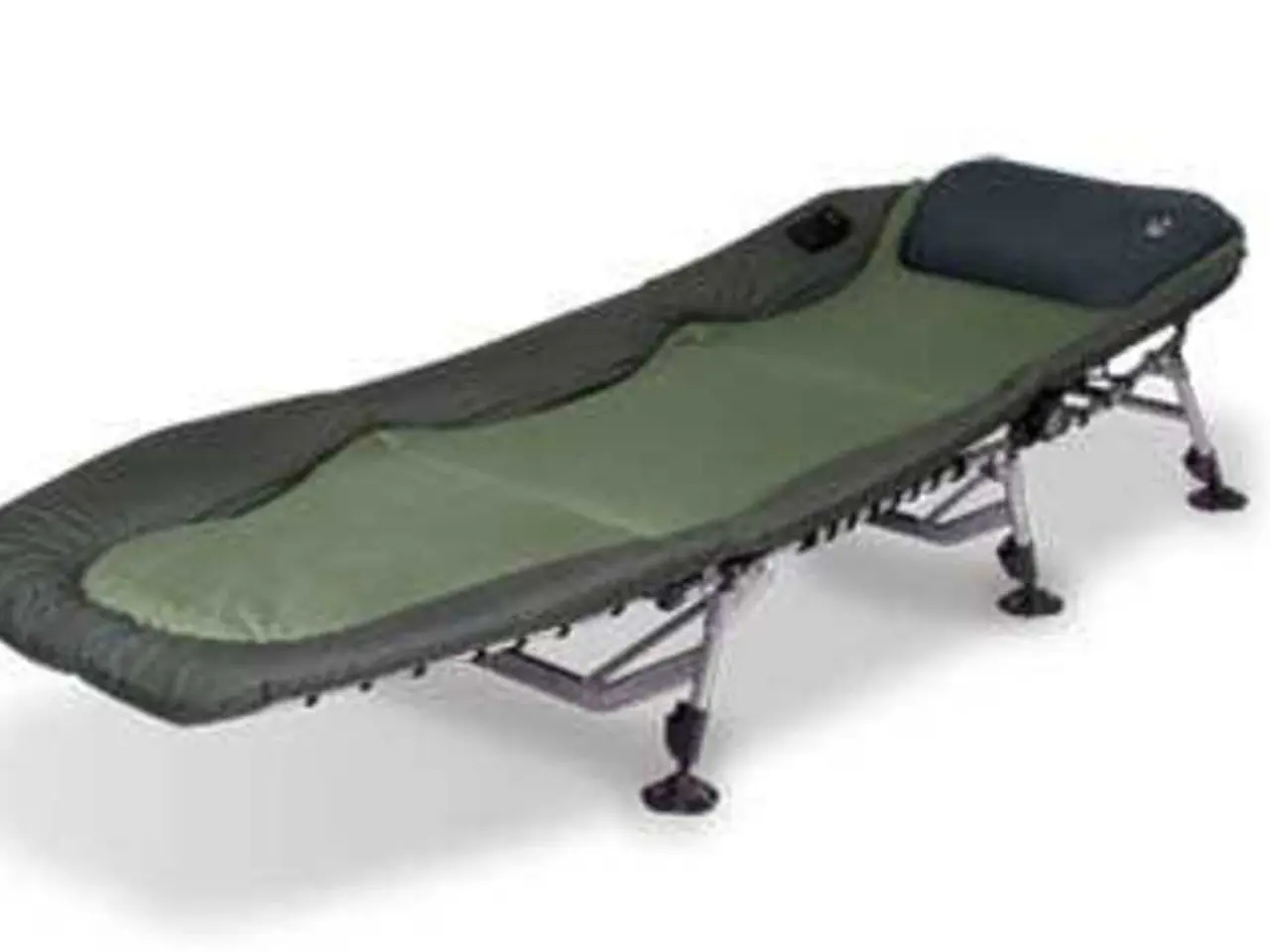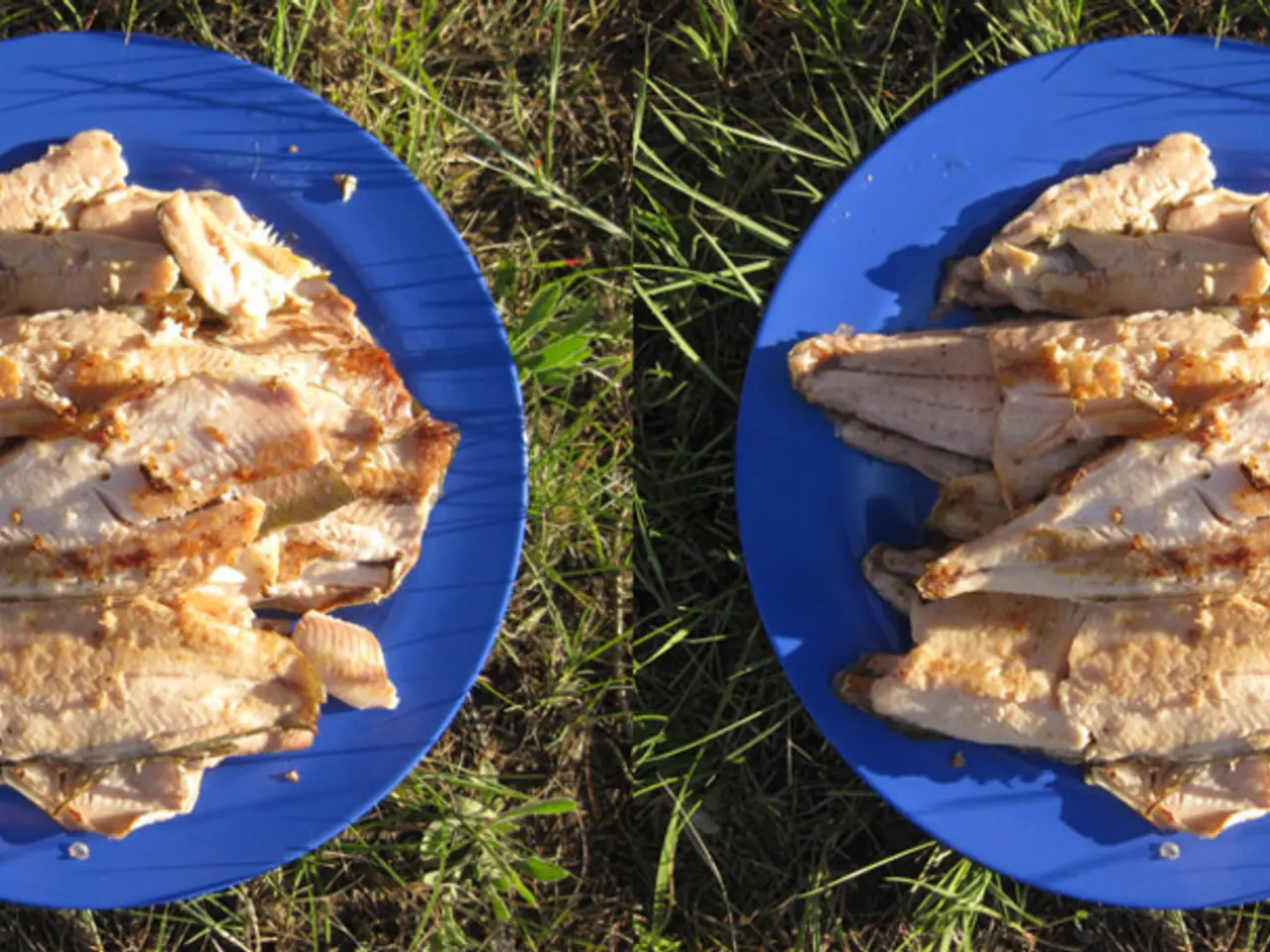Seven effective workouts to alleviate sciatic pain
Sciatica, a type of nerve pain affecting the sciatic nerve, can cause discomfort in the lower back, hips, and legs. While rest may not be the best solution for sciatica pain, regular exercise can help alleviate symptoms and promote healing.
Exercise improves blood flow to the affected muscles and nerves, moving fresh blood and nutrients to the area while promoting the transportation of toxins and inflammation away [1]. Regular low-impact exercise may also benefit intervertebral disc material properties, enhancing tissue quality [2].
Certain exercises and stretches can help relieve pain, reduce tightness, and speed healing in people with sciatica. These exercises primarily work by stretching muscles that compress or irritate the sciatic nerve and strengthening core and gluteal muscles to support the lower back and pelvis [3].
The piriformis muscle, located near the sciatic nerve, can tighten and compress the nerve, causing sciatica pain. Stretches like the Figure-Four stretch target this muscle, opening the outer hip and glute area, relieving pressure on the nerve [3]. Hamstring stretches, both lying down and standing, also help reduce leg tension and mechanical stress on the lower back and nerve [1].
Strengthening glutes and core muscles improves pelvic stability and reduces nerve irritation [2][5]. Maintaining neutral spine and pelvic alignment during exercises helps keep nerve passages open and reduce nerve compression [5].
The effectiveness of these exercises depends on the type of exercise, correct execution, targeted muscles, and individual factors such as flexibility and pain tolerance [3][5]. Proper technique and gradual progression are crucial to avoid aggravating the nerve [1][5]. Regular practice, including walking, swimming, or yoga, enhances muscle strength, flexibility, and circulation, all vital for long-term relief [1].
It is important to note that while exercises should cause a stretch and tension in the area, they should not worsen or cause new pain. If someone experiences worse or new pain during these exercises, they should stop immediately [4].
Other treatment options for sciatica include medications to control inflammation, such as NSAIDs, muscle relaxants, anticonvulsants, and corticosteroid injections, as well as home remedies like using hot or cold packs, engaging in regular low-intensity exercises, performing core strength exercises, and practicing good posture while sitting and standing [1].
Prevention tips for sciatica include using proper techniques to lift heavy items, engaging in regular exercise, avoiding prolonged periods of sitting or standing, avoiding activities that may trigger pain, and spending time warming up the muscles before using them [6].
In conclusion, exercises for sciatica work by relieving nerve compression through stretching tight muscles, improving muscular support of the spine and pelvis, and encouraging good posture and control. Their effectiveness depends on targeting the correct muscle groups, proper execution, gradual intensity, and regular practice tailored to the individual’s condition [1][2][3][5]. Exercise is a treatment for sciatica, even with additional treatment procedures like surgery.
References:
[1] Mayo Clinic Staff. (2020). Sciatica. Mayo Clinic. https://www.mayoclinic.org/diseases-conditions/sciatica/symptoms-causes/syc-20355593
[2] Hsu, J. C., & Hsiao, J. J. (2013). Exercise Therapy for Lumbar Disc Herniation: A Systematic Review. Journal of Physical Therapy Science, 25(1), 1-6. https://doi.org/10.1589/jpts.25.1
[3] National Institute of Neurological Disorders and Stroke. (2021). Sciatica Fact Sheet. National Institute of Neurological Disorders and Stroke. https://www.ninds.nih.gov/Disorders/Patient-Caregiver-Education/Fact-Sheets/Sciatica-Fact-Sheet
[4] WebMD. (2021). Sciatica: Exercises to Relieve Pain. WebMD. https://www.webmd.com/back-pain/sciatica-100995#1
[5] Yoon, J. H., & Kim, S. H. (2019). Exercise Therapy for Sciatica in Patients with Lumbar Disc Herniation: A Systematic Review and Meta-analysis. Journal of Physical Therapy Science, 31(12), 2229-2236. https://doi.org/10.1589/jpts.31.2229
[6] National Institute for Health and Care Excellence. (2016). Low back pain and sciatica in over 16s: assessment and management. National Institute for Health and Care Excellence. https://www.nice.org.uk/guidance/cg88/chapter/1-Recommendations#1-1-1
- Sciatica, a form of nerve pain affecting the sciatic nerve, can lead to back pain and discomfort in the hips, legs, and even the chest in some cases.
- Regular exercise can help alleviate sciatica pain, improving blood flow to affected muscles and nerves, thus promoting healing.
- Exercise also benefits intervertebral disc material properties, enhancing tissue quality, which can be particularly beneficial for people with sciatica.
- Certain exercises and stretches, such as the Figure-Four stretch and hamstring stretches, can help relieve sciatic nerve pain by targeting tight muscles near the nerve.
- Strengthening the glutes and core muscles can improve pelvic stability, reduce nerve irritation, and promote good posture, all of which are crucial for managing sciatica.
- It's important to remember that the effectiveness of these exercises depends on the correct execution, targeted muscles, and individual factors such as flexibility and pain tolerance.
- Proper technique and gradual progression are essential to avoid aggravating the nerve during exercises.
- If someone experiences worsened or new pain during these exercises, they should stop immediately and consult a medical professional.
- In addition to exercises, treatment for sciatica can include medications, home remedies, and good posture practices.
- Preventing sciatica involves proper lifting techniques, regular exercise, avoiding prolonged periods of sitting or standing, and warming up muscles before activity.
- Science and medical research suggest that exercise plays a crucial role in managing sciatica, enhancing overall health-and-wellness, mental-health, fitness-and-exercise, and addressing various chronic-diseases and medical-conditions associated with aging, such as obesity, depression, psoriatic arthritis, spondylitis, multiple sclerosis, Alzheimer's disease, NSCLC, and osteoarthritis.




